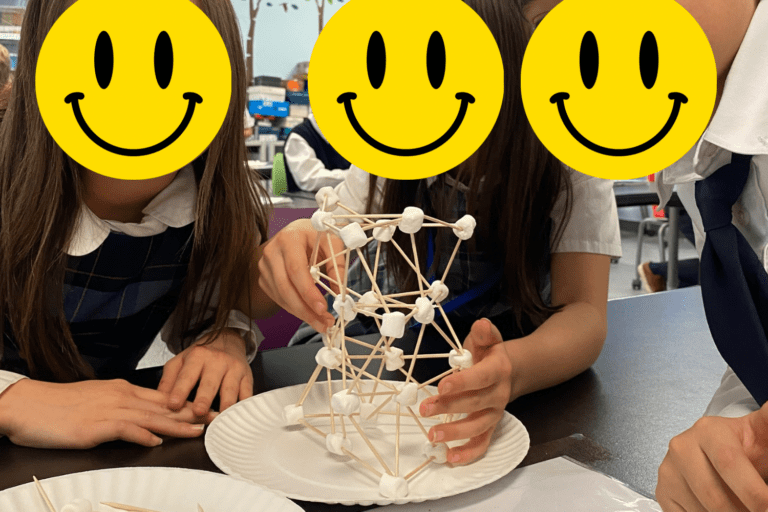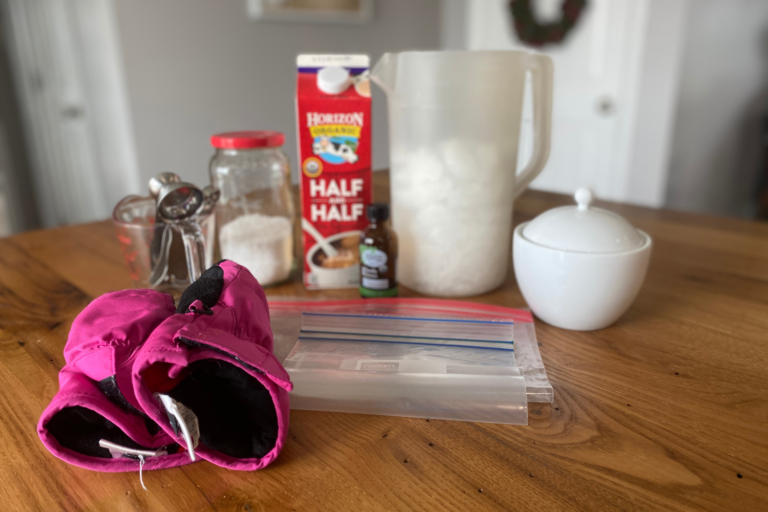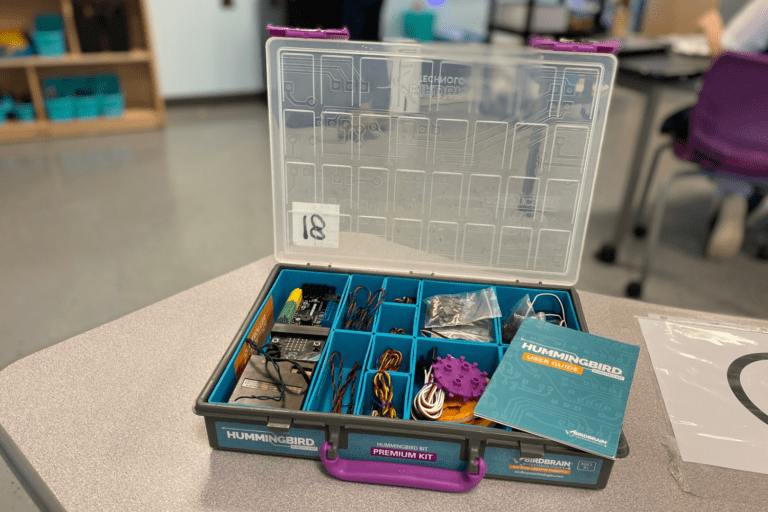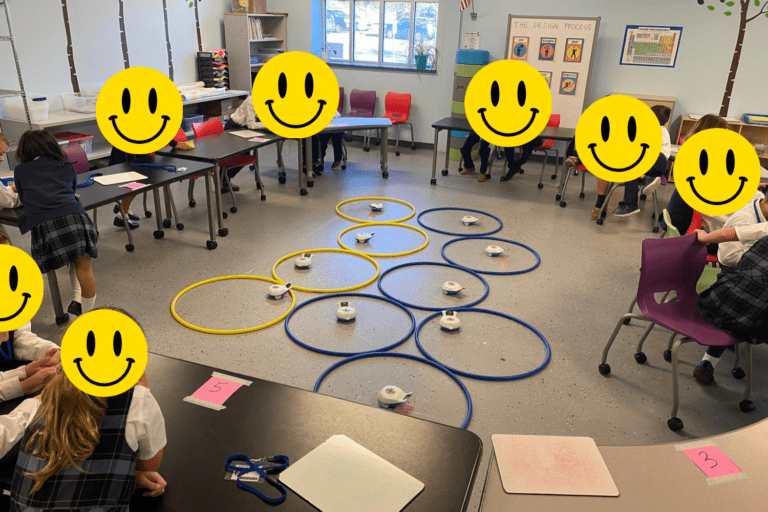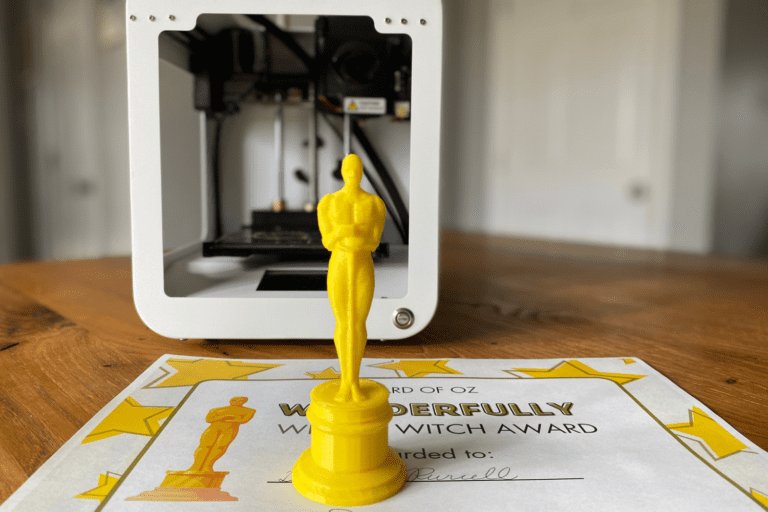What Pennsylvania’s New STEELS Standards Mean for Educators and Families: A Look at Environmental Literacy & Sustainability
As a certified Pennsylvania educator and K–8 STEM teacher, I’ve spent the past few years creating and integrating environmental literacy and sustainability into my classroom in meaningful, hands-on ways. So when Pennsylvania introduced its new STEELS Standards—which now include an entire domain dedicated to Environmental Literacy & Sustainability (ELS)—I was excited.
These standards aren’t just a curriculum change. They’re an opportunity to empower students with the tools and mindset they’ll need to care for our planet and make thoughtful, sustainable decisions as future leaders.
In this post, I’ll break down what the STEELS standards are, what makes the ELS section so important, and how you can use 8 engaging activities from my website, Thoughtfully Sustainable, to bring these ideas to life in your classroom or home.
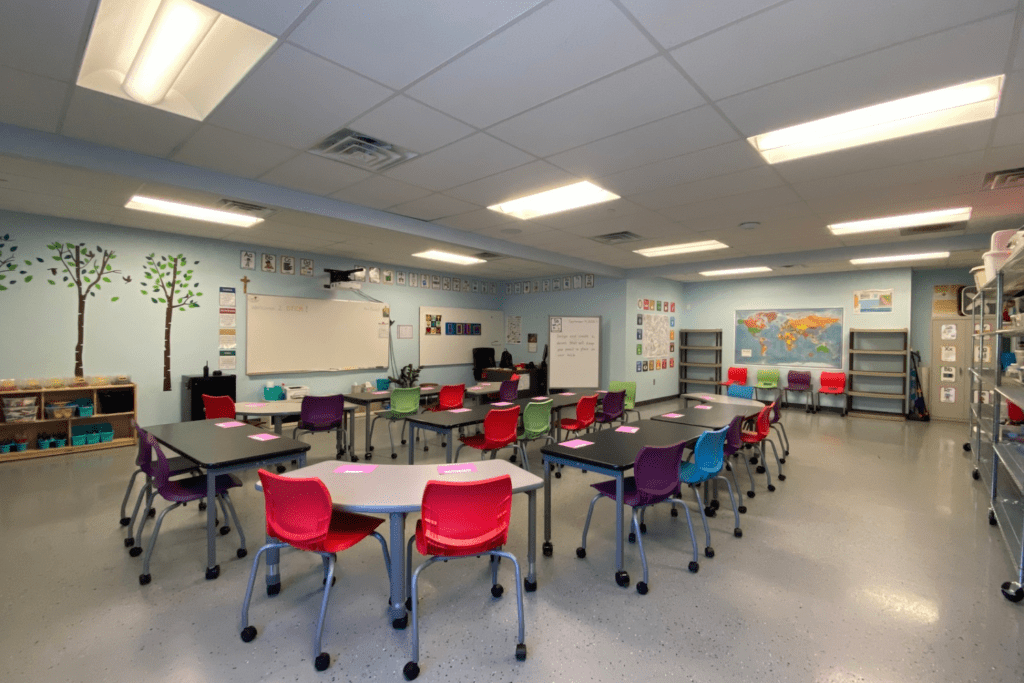
What Are the STEELS Standards?
Pennsylvania’s STEELS Standards represent a shift toward a more modern, integrated approach to science and engineering education. STEELS stands for:
- Science
- Technology & Engineering
- Environmental Literacy & Sustainability (ELS)
Each section helps prepare students to think critically, solve real-world problems, and understand their place in the world. Here’s a quick breakdown of each area:
Science: Modeled After NGSS
The Science standards share many similarities with the Next Generation Science Standards (NGSS), which are used nationwide. These standards emphasize:
- Core science ideas students need to understand (like ecosystems, energy, weather, and forces),
- Science and engineering practices that encourage investigation, modeling, and explanation, and
- Crosscutting concepts like patterns, systems, and cause and effect that help students see connections between topics.
This approach encourages students to do science, not just read about it.
Technology & Engineering: Build, Test, Improve
In this section, students learn how to apply their knowledge through design thinking and problem solving. They’ll:
- Build and improve models and prototypes,
- Explore how technology interacts with society and the environment, and
- Develop real solutions to real problems.
This hands-on, iterative approach supports creativity and innovation—two things I love encouraging in my STEM classroom.
Environmental Literacy & Sustainability (ELS): Empowering Students to Act
The ELS domain is unique to Pennsylvania and central to the future of STEM education. It ensures students understand:
- How agricultural and environmental systems work,
- How human activity affects the environment,
- How to think critically about environmental issues, and
- What actions individuals and communities can take to live sustainably.
The ELS domain is organized into three main strands:
- Agricultural and Environmental Systems and Resources
- Students learn about ecosystems, renewable and nonrenewable resources, and how human activity influences both.
- Environmental Literacy Skills
- Students develop the ability to gather data, identify environmental challenges, analyze solutions, and make decisions using evidence.
- Sustainability and Stewardship
- Students explore their roles as environmental stewards—considering how to reduce consumption, reuse materials, and conserve energy, as well as examine how human actions impact environmental justice issues for individuals and communities.
These aren’t just abstract concepts. They’re highly relevant to students’ lives and empower them to make a difference now and in the future.
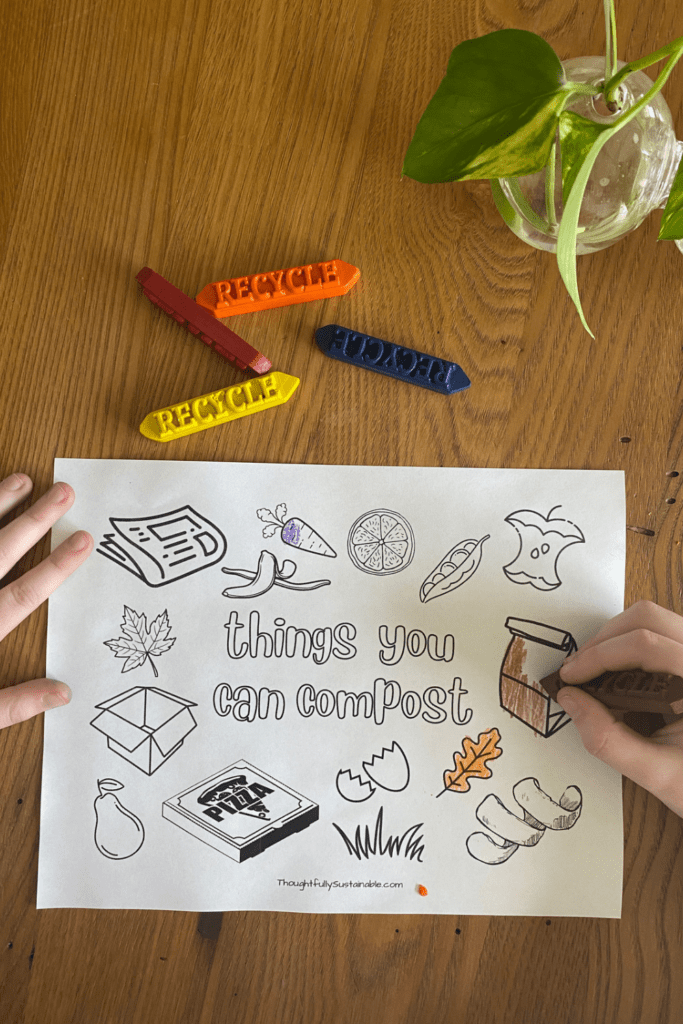
7 Activities the Support the ELS Standard Domain
Over the past few years, I’ve created and tested many sustainability-focused STEM activities in my classroom and shared them on my blog, Thoughtfully Sustainable. Each one is designed to connect with real-world problems and solutions, and align directly with the ELS domain of the STEELS standards.
Here are 8 of my favorites:
1. The Chemistry of Composting: Saving the Planet One Food Scrap at a Time
Introduce kids to the science behind composting and decomposition while exploring chemical reactions in nature and food waste reduction.
Supports: Science – Chemical Reactions; ELS – Agricultural and Environmental Systems and Resources; Sustainability and Stewardship
2. 16 Fun and Engaging Composting Resources for Kids
16 fun and visual ways for learners to explore composting and begin understanding cycles in nature and how they reduce waste.
Supports: ELS – Sustainability and Stewardship; Agricultural Systems
Kids track simple actions they can take at home and in school to live more sustainably—an easy entry point to environmental stewardship.
Supports: ELS – Sustainability and Stewardship
4. How to Explore Sustainability Science Concepts with Kids
Discover the interdisciplinary field of sustainability science and how you can implement tenets of sustainability into your home, classroom, and community with my easy to use educational resources. Supports: ELS – Sustainability and Stewardship
5. 3D Design with TinkerCAD & ToyBox Labs
Students learn to create with purpose by designing useful objects while minimizing waste and considering material use.
Supports: Technology & Engineering – Design & Innovation; ELS – Sustainability and Stewardship; Product Design
6. Energy Efficiency Experiment for Kids: How Do Window Coverings Affect Room Temperature?
Searching for a science experiment that explores ways to increase indoor energy efficiency? Explore how window coverings affect room temperature with this simple science activity for kids.
Supports: Environmental Literacy Skills; Sustainability and Stewardship; Consumer Choices
7. STEM Challenges Using Reused Holiday Packaging
Turn trash into treasure with design challenges that highlight the importance of reuse and creative problem-solving.
Supports: ELS – Waste Reduction; Technology & Engineering – Resourceful Design
8. How to Teach Sustainability and STEM at a Refill Store
A real-world learning experience that connects environmental impact with daily choices and systems thinking.
Supports: ELS – Environmental Literacy Skills; Sustainability and Stewardship; Consumer Choices

Why This Matters
The STEELS standards are more than a new set of expectations—they’re a chance to reimagine how we teach science and sustainability together. By giving students hands-on, real-world experiences that are tied to meaningful outcomes, we’re helping them grow into thoughtful, capable changemakers.
And I’m here to help! Whether you’re an educator, a parent, or someone simply interested in raising environmentally aware kids, the resources on Thoughtfully Sustainable are here for you.
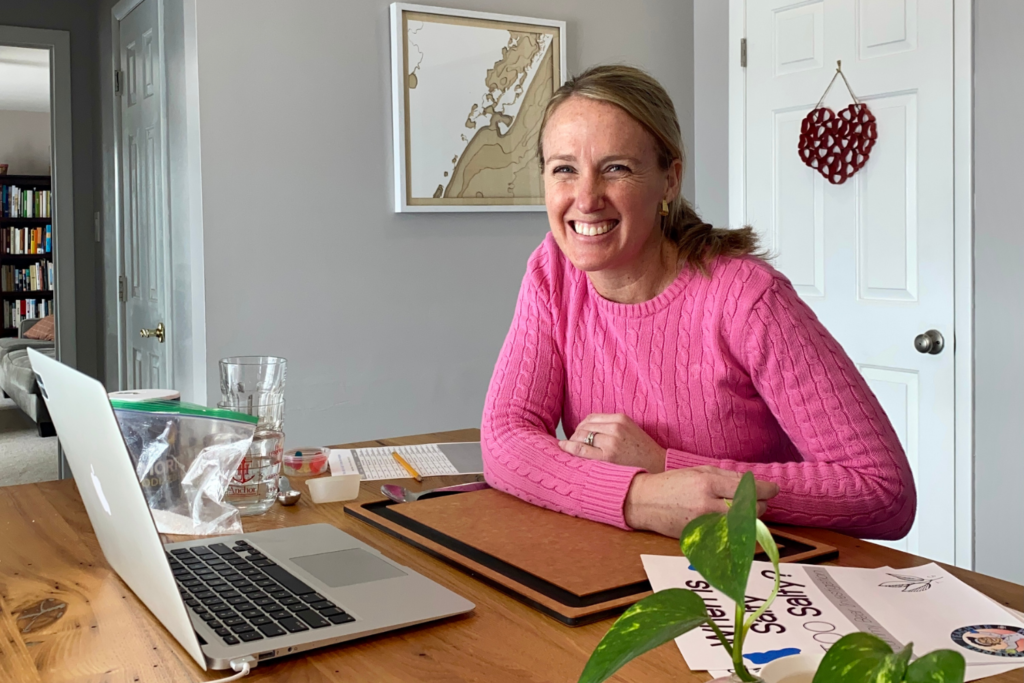
About Me
Hi! I’m a certified Pennsylvania educator currently teaching STEM to K–8 students. I’m passionate about creating engaging, hands-on learning experiences that help kids explore real-world science, engineering, and environmental topics. I’ve been integrating Environmental Literacy and Sustainability (ELS) into my classroom, and I’m thrilled to see it now formally recognized in the STEELS standards. I created Thoughtfully Sustainable to share these resources with teachers, families, and anyone interested in raising the next generation of environmental stewards and problem solvers.
Let’s build a more sustainable future—one thoughtful project at a time.

